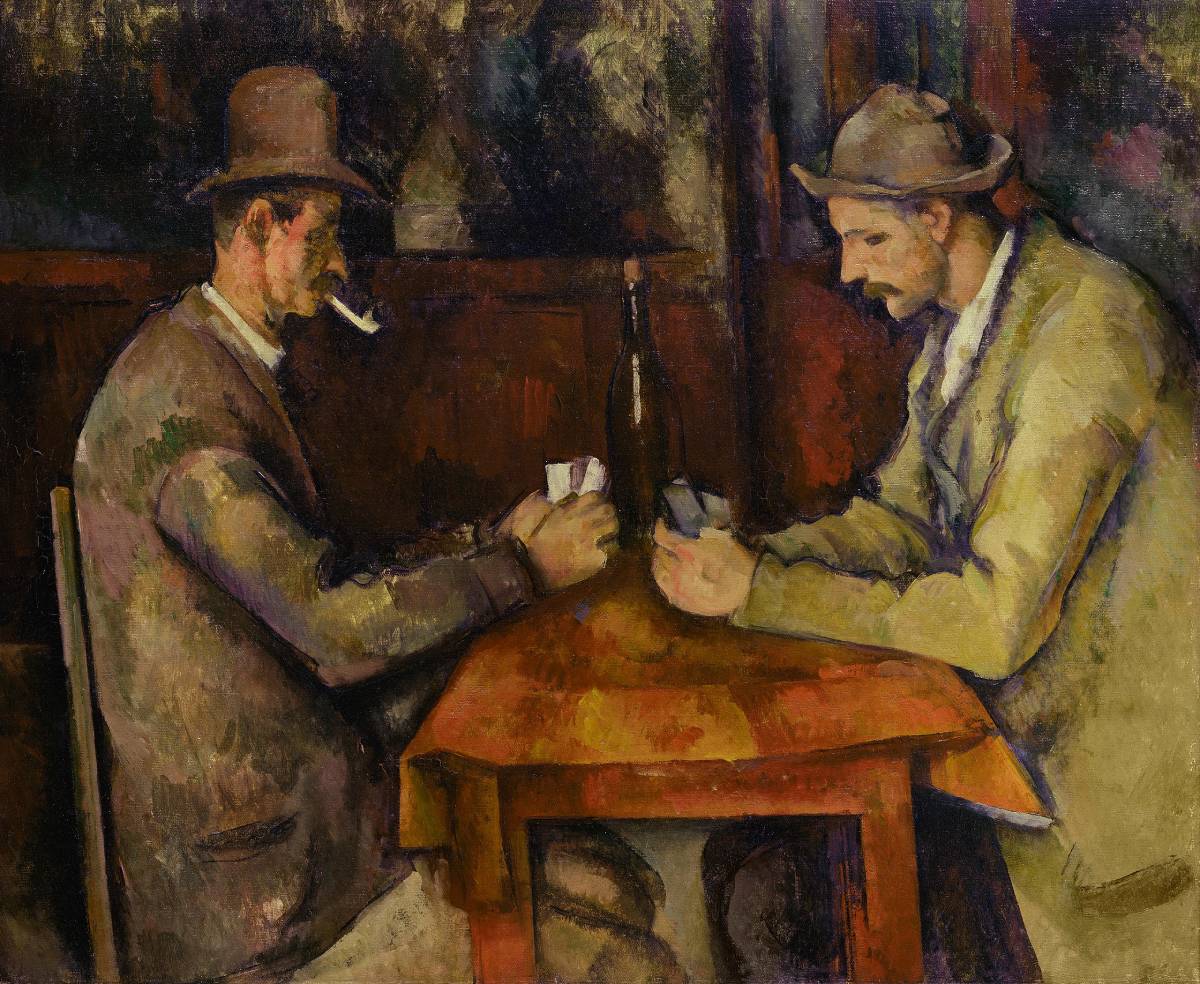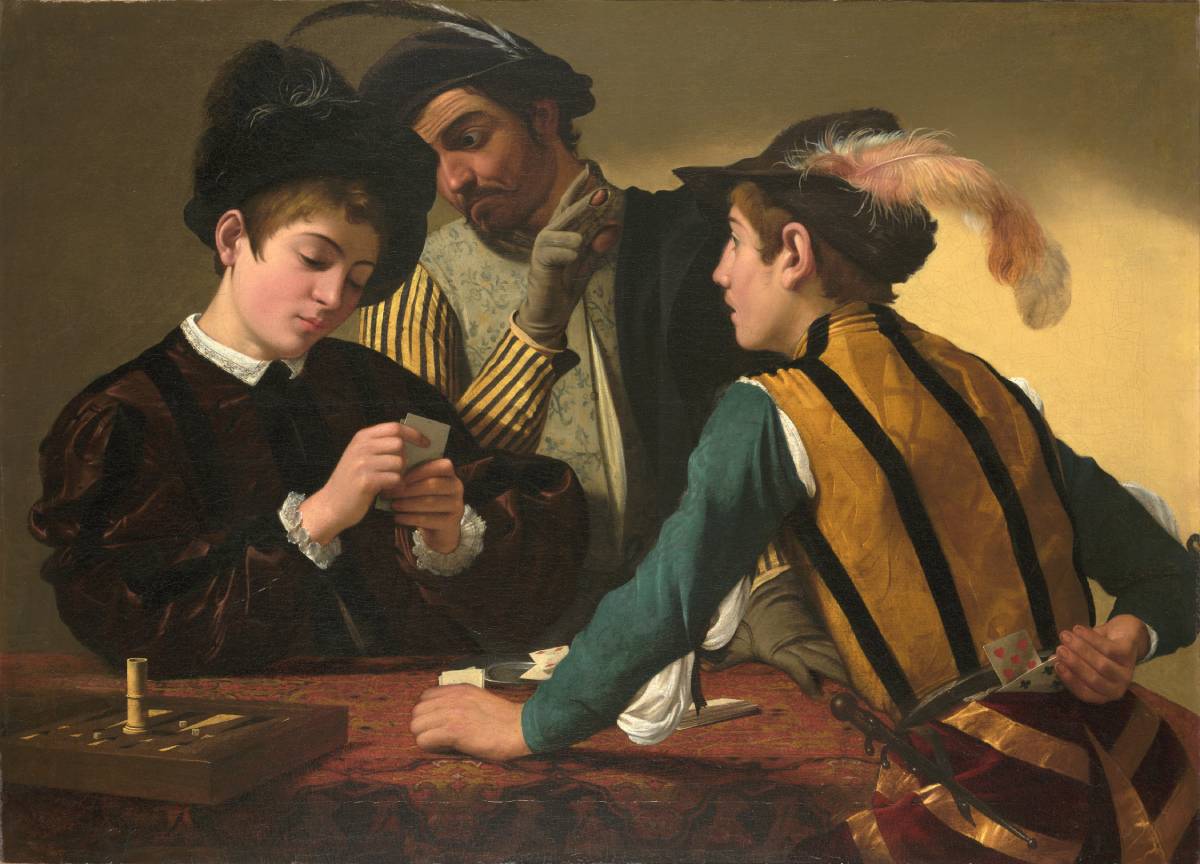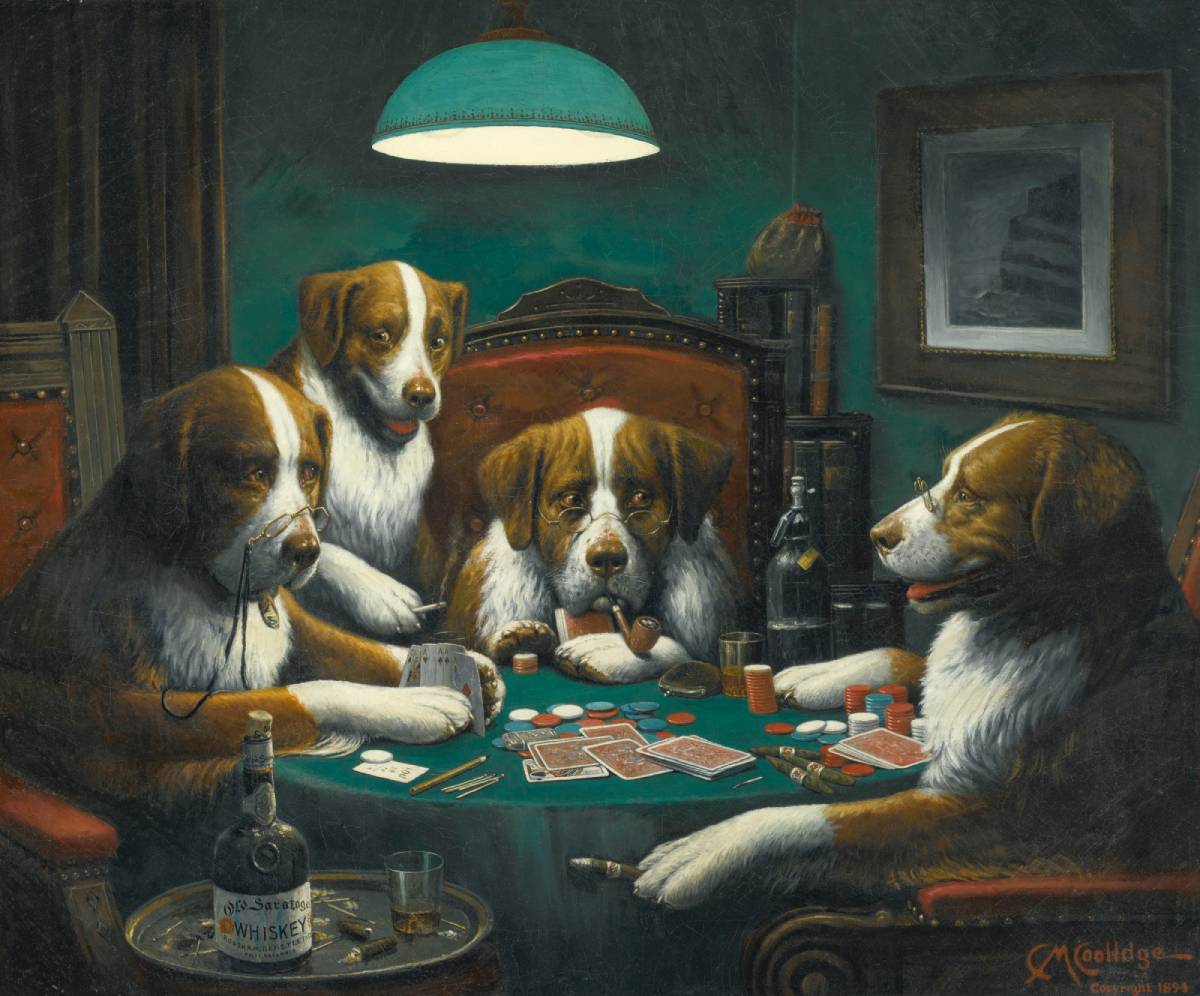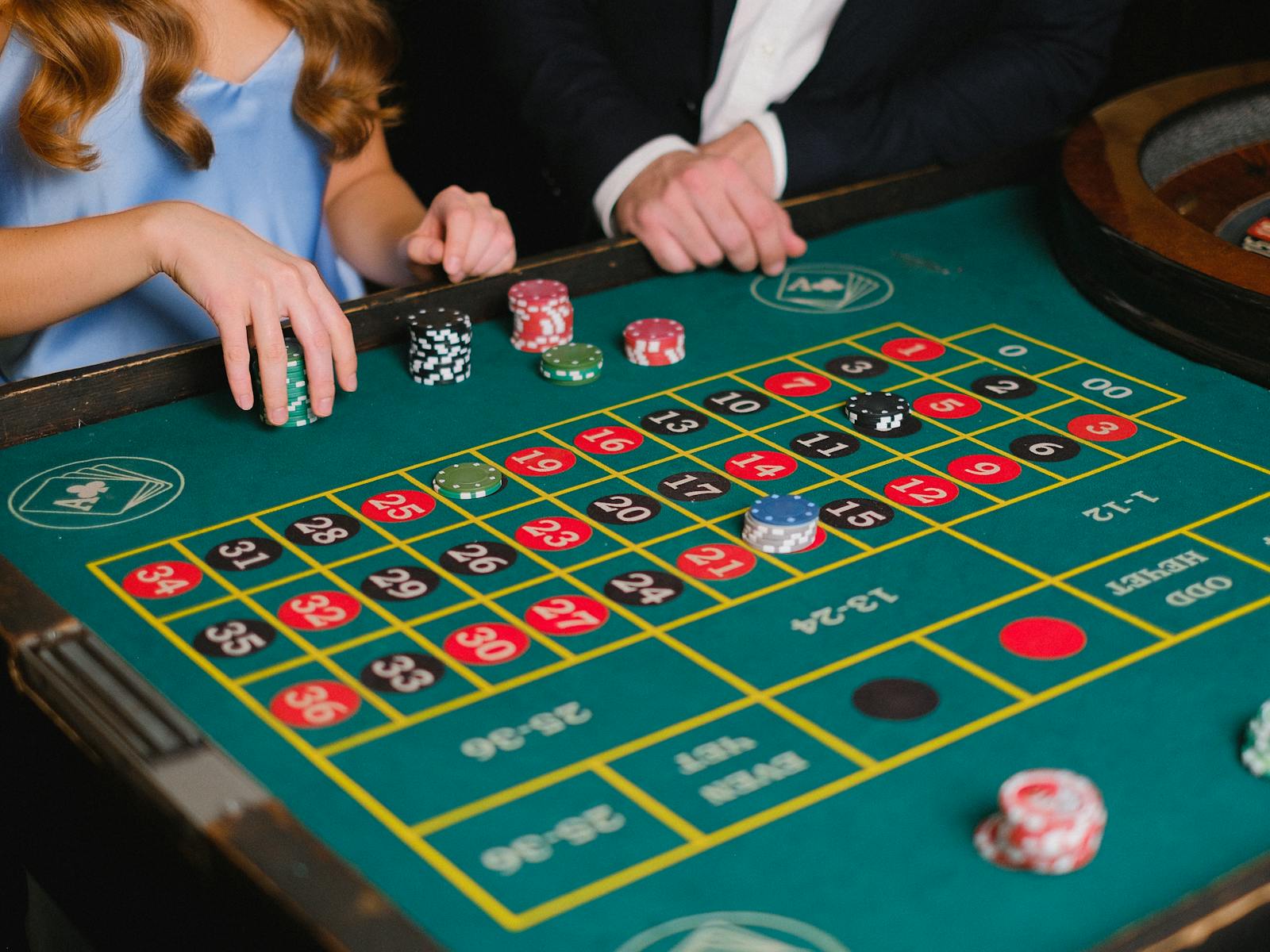Disclosure Sponsored Links: This post contains a paid-for sponsored link, meaning we have received compensation in exchange for including it. Sponsorship does not influence our content, but we believe in transparency regarding paid placements.
For hundreds of years, the world of gambling has fascinated artists. These artists have captured the thrills, drama, and darker aspects of card games and casinos through their art. From scenes of smoke-filled poker tables to contemplative players sizing each other up, gambling, risk, and chance are common themes in both historic and modern art. Some of these works celebrate the excitement of the games, while others reflect the complexity of human emotions and behaviours.
Interestingly, the appeal portrayed in these artworks is similar to the immersive experience offered by online gaming platforms, like BetLabelCasino. Here, games and aesthetics create an atmosphere that draws players back time and again.
Table of Contents
Georges de La Tour – The Card Sharp with the Ace of Diamonds (1636-1638)

Georges de La Tour – The Card Sharp with the Ace of Diamonds (1636-1638)
Georges de La Tour, a French Baroque painter known for his intimate and dramatically lit scenes, often portrayed deception, suspense, and clandestine agendas in his works. One of his masterpieces, The Card Sharp with the Ace of Diamonds, depicts a young man playing cards while holding one of his cards behind his back. He looks intently at another player, who is unaware of the hidden card that could change the outcome of the game.
This painting captures not only the thrill of gambling but also the sly strategies and deceptions that are part of the experience. De La Tour used lighting to highlight the moment of deception, giving the painting a theatrical quality that draws the viewer into the scene.
Paul Cézanne – The Card Players Series (1890-1895)

Paul Cezanne – Card Players (5th version) (ca.1894-1895)
Impressionist painter Paul Cézanne created several works focused on card-playing themes, highlighting the quiet concentration and discipline of the players. His Card Players series, painted in the 1890s, features five oil paintings of peasants gathered around a table, deeply engrossed in their game.
Unlike the dramatic tension seen in De La Tour’s work, Cézanne adopted a more contemplative view. His portrayal of the players captures their silent focus and the weight given to each move. The attention to detail in the players’ hands and facial expressions reflects the calculated nature of gambling. Cézanne’s card players appear introspective and absorbed, hinting at the mental and emotional pull of games where fortunes can change with the turn of a card.
Caravaggio – Cardsharps (1594)

Caravaggio – Cardsharps (1594)
The intense chiaroscuro that defines Michelangelo Merisi da Caravaggio’s style is clearly present in his early masterpiece, Cardsharps, painted in 1594. In this evocative work, a young and naive gambler, absorbed in his cards, is being tricked by two cardsharps. One of them conceals cards behind his back, while the other signals the dangers of the game.
Cardsharps is an iconic depiction of the deceit often associated with gambling. Caravaggio’s use of light draws attention to the faces and hands of the players, highlighting emotions and hidden schemes. This creates a moment of almost cinematic suspense, with the viewer drawn into the unfolding drama.
Cassius Marcellus Coolidge – Dogs Playing Poker Series (1903)

Cassius Marcellus Coolidge – Dogs Playing Poker Series (1903)
Cassius Marcellus Coolidge, an American artist, created Dogs Playing Poker, a series that has become iconic in popular culture. While these paintings may not be considered “high art,” they are beloved for their humour and depiction of poker culture. The series features various dog breeds gathered around tables, smoking cigars, sipping drinks, and playing poker.
Coolidge’s humorous exaggeration of the psychological aspects of poker, such as bluffing and camaraderie, adds a light-hearted twist to the depiction of card games. The works capture the universal appeal of gambling and have earned a unique place in the artistic portrayal of casinos, celebrating the everyday love of gaming.
Final Thoughts
The fascination with the unpredictable nature of gambling and games of chance has inspired countless artists, from the introspective works of Cézanne to the dramatic, shadowy scenes of Caravaggio. Each of these artists has captured the excitement, strategy, and human emotions that come with games of risk—offering us a window into both the allure and the consequences of gambling.








